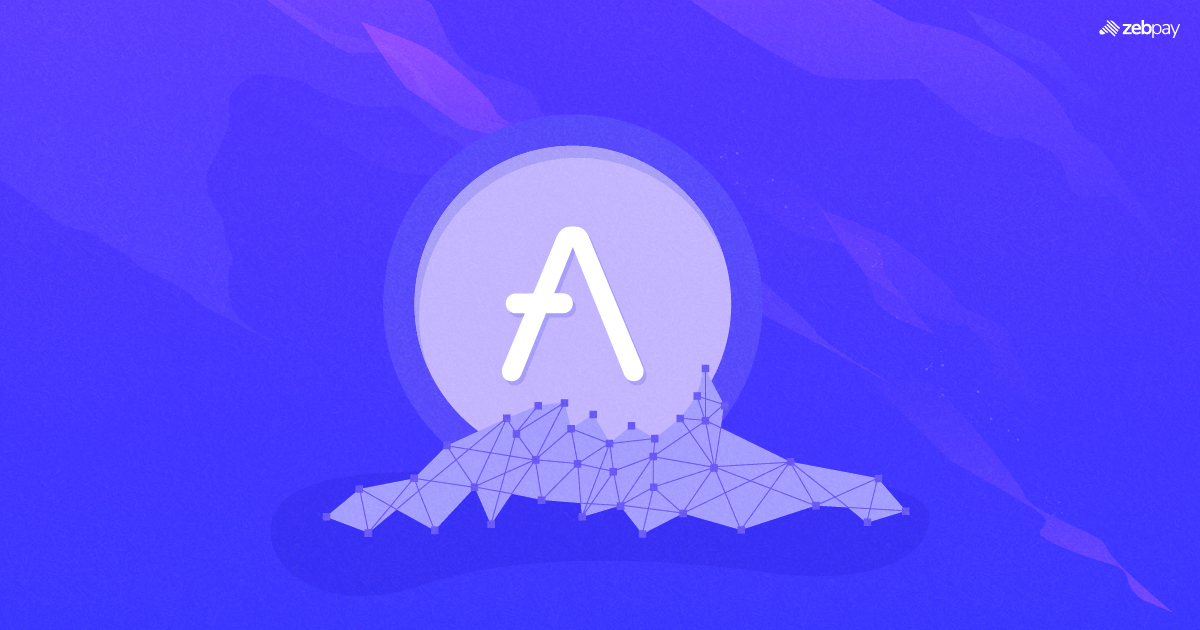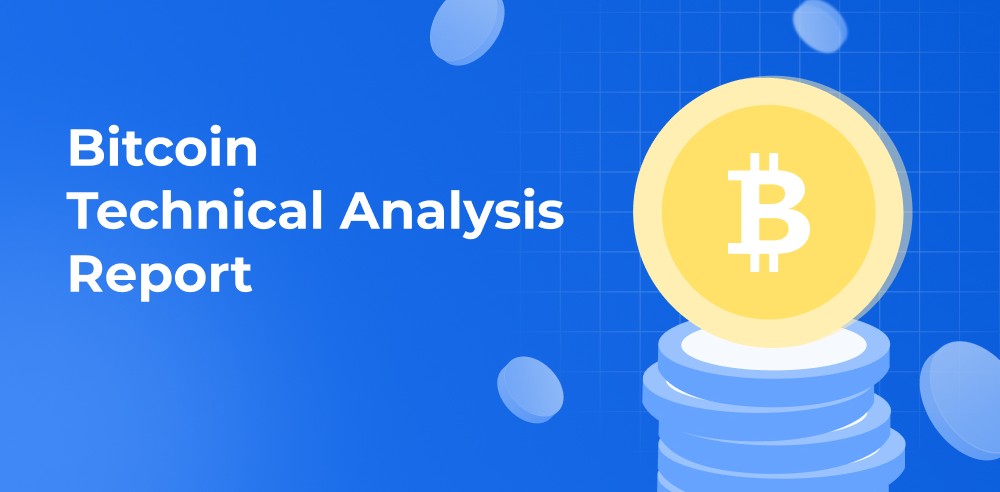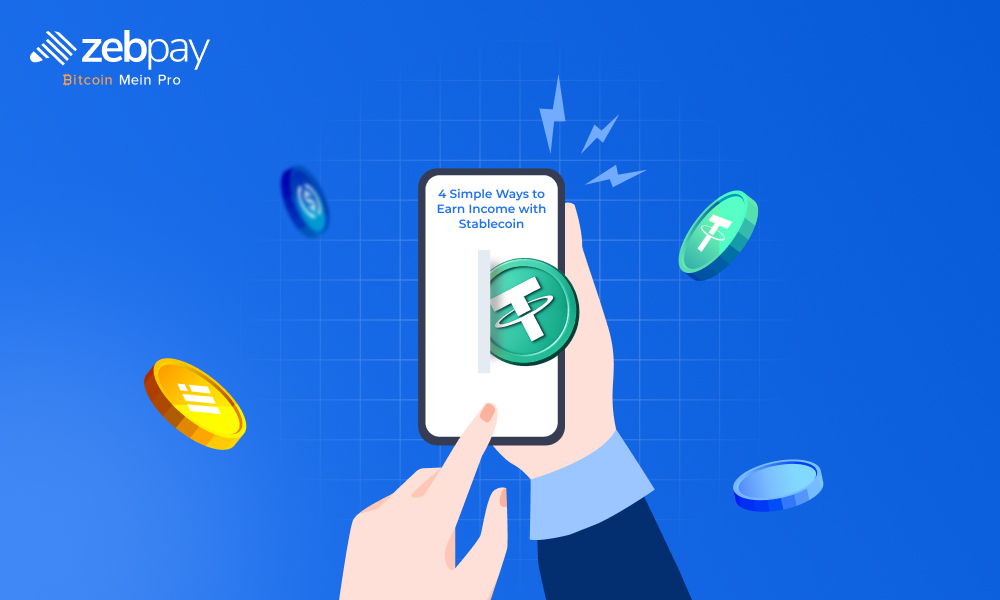Innovation in crypto has brought about decentralised finance – a huge leap in the financial services available to us all. DeFi brings traditional financial services to a much larger audience through blockchains. One such innovation is DeFi lending, which makes it simple for users to obtain easy loans, while others can earn interest for the money they lend out. Aave is a platform that turns this hope into a reality.
What is Aave Crypto?
Aave is a DeFi lending protocol that enables its users to lend and borrow their crypto assets. Its decentralised nature ensures that there is no central intermediary or authority that dictates loan terms.
Instead, the protocol is controlled entirely through smart contracts. This automates the process and ensures the experience of borrowing and lending is seamless. Just like traditional loans, borrowers must pay interest while lenders receive it.
While Aave originally started as an Ethereum-based protocol, upgrades have expanded its operations to blockchains such as Avalance and Fantom.
How Does Aave Crypto Work?
Unlike traditional loans, Aave is not a bank. You do not need to go to a bank and be approved for a loan before receiving it. As mentioned above, smart contracts take care of all loan requests on the network.
A smart contract is a set of programs on a blockchain that perform an action when its requirements are met. First introduced by Ethereum, this feature has been instrumental in the growth of crypto. It is responsible for everything from minting NFTs to lending and creating liquidity.
Liquidity Pools
Another feature key to the functionality of Aave is a liquidity pool.
Early DeFi protocols operated using ‘peer-to-peer” systems, which connect individual borrowers and lenders. This would require both to agree on a loan amount and its terms. It is an inefficient system which can take time to finalise.
Liquidity pools are instead smart contracts that lock in crypto tokens deposited in them. These are then used as funds the protocol can use to provide loans. When you deposit tokens in these pools, you earn LP (Liquidity provider) tokens as rewards.
This eliminates the need for peers to be connected. Rather, users can directly borrow from liquidity pools and pay interest back to the pool they borrow from.
Finally, collateral is also required on Aave, just like traditional loans. However, Aave specialises in over-collateralised loans, which means you can only borrow amounts less than the collateral you deposit. In this case, you can borrow up to 80% of the crypto you deposit.
How To Use Aave?

Borrowers
As mentioned above, you must put up collateral to take a loan on the Aave platform. To do this, you can also use the AAVE token, which is the native token of the platform. In addition, you can also pay the required fees using AAVE. This ensures seamless borrowing by integrating the entire system.
Governance
Since Aave is a decentralised protocol, there needs to be some mechanism to make changes to it. This is where governance tokens are used. Anyone who holds AAVE can also participate in governing the platform. This is done by voting on key issues such as collateral amounts and network upgrades.
Aave Mining and Staking
AAVE is an ERC-20 token and does not support mining. This means that you cannot use your computing power to create more AAVE tokens. However, AAVE has offered a system known as liquidity mining in the past. This involves providing liquidity to decentralised exchanges and earning new tokens from it.
Aave staking is a simple process. The platform supports staking your tokens within its Safety Module, which gives you a passive income while also securing the network.
Read more: 8 Ways To Earn Passive Income Through Crypto
Pros and Cons of Aave
| Pros | Cons |
| Popular choice in Defi | High Volatility |
| Fully Decenralised | Not protected by any Insurance |
| Regularly Audited |
Aave Crypto Pros
- Market Leader – Aave is one of the most popular and trusted DeFi platforms in the crypto space. This also means the platform is considered safe by thousands of users.
- Decentralised – The Aave protocol is completely decentralised. It is controlled and governed entirely by its users, which is done by voting on the blockchain through smart contracts.
- Auditing – The network is regularly audited and is formally verified by trusted third parties. The results are also available to view on their website. Additionally, Aave has a bug bounty program that rewards users who discover bugs in the protocol’s code.
Aave Crypto Cons
- Liquidation – Crypto can be highly volatile in its price. If the token you deposit as collateral is highly volatile, its value can fall and become insufficient to cover the loan. This can lead to your collateral being liquidated.
- Lack of Insurance – DeFi is not regulated or controlled by government authorities. If you deposit money, the risk of loss lies with you and the government may not be able to help you in the event of a liquidity crisis.
Future of Aave
Aave has a promising future ahead of it. As the most popular DeFi lending protocol, Aave is constantly innovating and adding to its suite of features. In July, the protocol approved the launch of its own stablecoin, GHO.
GHO is pegged to the US dollar and is collateralised using a diverse set of crypto tokens. Since they can be volatile, the peg is maintained by overcollateralising for the dollar.
This also provides higher returns to members of the Aave Decentralised Autonomous Organisation (DAO) as all interest payments from borrowing GHO go to the DAO.
Aave is a wonderful investment opportunity, both as a token and as a platform. It can very well bear fruit in the years to come.
You can now buy Aave (AAVE) on ZebPay. Experience the ease of crypto trading with Zebpay.
FAQs on AAVE
What is Aave (AAVE)?
Aave is a DeFi lending protocol that enables its users to lend and borrow their crypto assets. Its decentralised nature ensures that there is no central intermediary or authority that dictates loan terms.
Can we mine Aave (AAVE)?
AAVE is an ERC-20 token and does not support mining, but it can be staked. Aave staking is a simple process. The platform supports staking your tokens within its Safety Module, which gives you a passive income while also securing the network.
What does the future of Aave look like?
Aave has a promising future ahead of it. As the most popular DeFi lending protocol, Aave is constantly innovating and adding to its suite of features.
Disclaimer: Crypto products and NFTs are unregulated and can be highly risky. There may be no regulatory recourse for any loss from such transactions. Each investor must do his/her own research or seek independent advice if necessary before initiating any transactions in crypto products and NFTs. The views, thoughts, and opinions expressed in the article belong solely to the author, and not to ZebPay or the author’s employer or other groups or individuals. ZebPay shall not be held liable for any acts or omissions, or losses incurred by the investors. ZebPay has not received any compensation in cash or kind for the above article and the article is provided “as is”, with no guarantee of completeness, accuracy, timeliness or of the results obtained from the use of this information.







